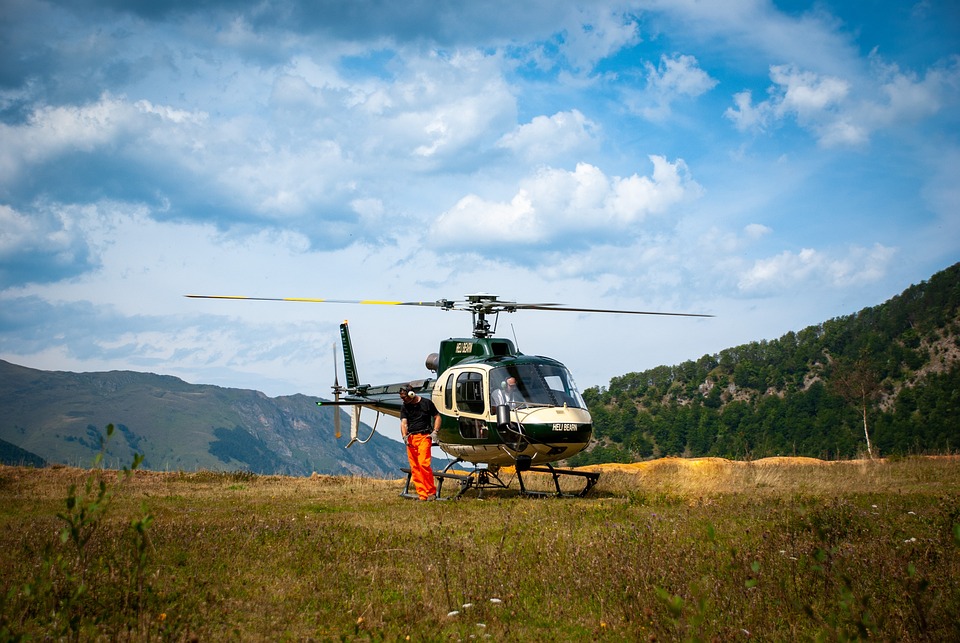Engineering Solutions to Enhance Lift Force in Aircraft Design
Introduction
Aircraft design is a complex and fascinating field of engineering that requires a deep understanding of aerodynamics, materials science, and mechanical engineering principles. One of the key challenges in aircraft design is maximizing the lift force generated by the wings to ensure safe and efficient flight. In this article, we will explore some of the engineering solutions that have been developed to enhance lift force in aircraft design.
Aerodynamic Design
One of the most important factors that influence lift force in aircraft design is the shape and design of the wings. Aerodynamic design plays a crucial role in determining the lift force generated by the wings. Engineers use a combination of computational fluid dynamics (CFD) simulations and wind tunnel testing to optimize the shape of the wings for maximum lift force.
One common engineering solution to enhance lift force is the use of wing flaps and slats. These movable surfaces on the trailing edge and leading edge of the wings can be extended during takeoff and landing to increase the surface area of the wings and generate more lift force. Wing flaps and slats are carefully designed to minimize drag while maximizing lift force, allowing the aircraft to achieve a higher lift-to-drag ratio.
Materials Science
Another key aspect of enhancing lift force in aircraft design is the use of advanced materials that are lightweight and strong. The weight of the aircraft plays a critical role in determining the amount of lift force required for flight. By using lightweight materials such as carbon fiber composites and aluminum alloys, engineers can reduce the overall weight of the aircraft, allowing for greater lift force to be generated by the wings.
In recent years, advances in materials science have led to the development of novel materials such as shape memory alloys and advanced polymers that offer superior strength-to-weight ratios. These materials can be used in the construction of aircraft wings to enhance lift force while maintaining structural integrity and durability.
Engine Thrust
In addition to aerodynamic design and materials science, engine thrust is another important factor that influences lift force in aircraft design. The propulsion systems of aircraft provide the necessary thrust to overcome drag and generate lift force. Engineers work to optimize the efficiency of the engines to maximize thrust output while minimizing fuel consumption and emissions.
Modern aircraft engines are designed with advanced technologies such as turbofan engines and high-bypass turbofans that provide higher levels of thrust and fuel efficiency. By increasing the power of the engines, engineers can enhance the lift force generated by the wings, allowing for improved performance and range capabilities.
Flight Control Systems
Flight control systems play a crucial role in enhancing lift force in aircraft design. These systems consist of a combination of mechanical components and electronic sensors that work together to control the movement of the aircraft in the air. By carefully adjusting the control surfaces such as ailerons, elevators, and rudders, pilots can optimize the lift force generated by the wings for different flight conditions.
Modern aircraft are equipped with fly-by-wire systems that use electronic signals to control the flight surfaces, providing greater precision and responsiveness compared to traditional mechanical systems. By utilizing advanced flight control systems, engineers can enhance the lift force generated by the wings and improve the overall stability and maneuverability of the aircraft.
Conclusion
In conclusion, engineering solutions play a critical role in enhancing lift force in aircraft design. By leveraging aerodynamic design, materials science, engine thrust, and flight control systems, engineers can optimize the performance and efficiency of aircraft to ensure safe and efficient flight. As technology continues to advance, new innovations in aircraft design will continue to push the boundaries of what is possible in aviation.

Leave a Reply